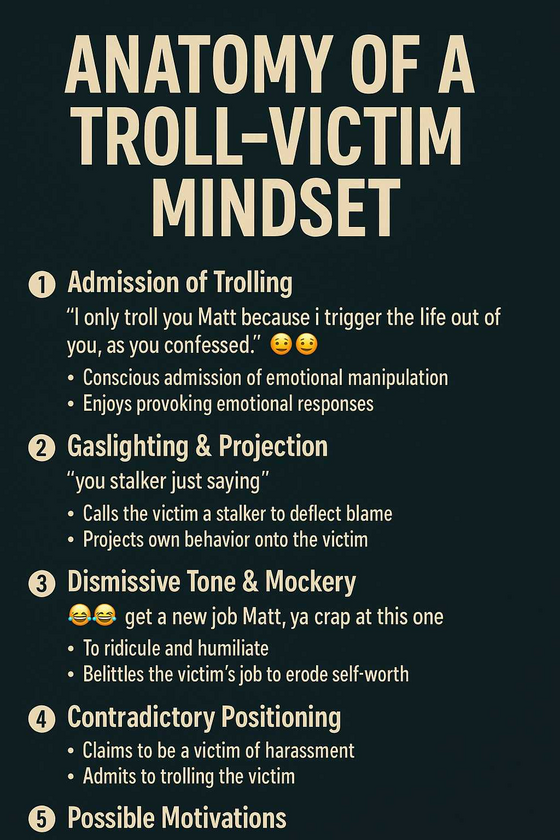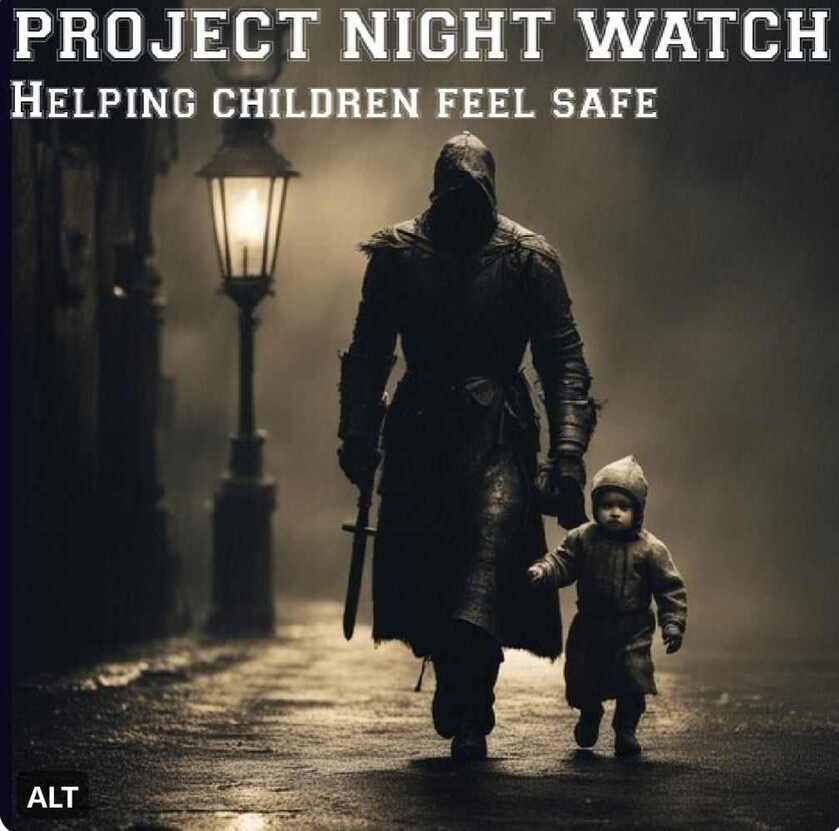In the following conversation between AJ Lashbrook and Taffy, they are addressing the animal cruelty conviction against AJ Lashbrook.
AJ Lashbrook denies beating his dog, explaining that the dog was only disciplined for running in front of cars, which the media and court sensationalized differently.
AJ admits to smacking the dog's behind once but clarifies that there was more than one instance of discipline. AJ also mentions that his fist made contact with the dog's nose when it jumped up, which was misinterpreted as punching.
AJ expresses frustration with the legal proceedings, the media portrayal, and the RSPCA's response, suggesting a lack of proper investigation or interest in the dog's actual welfare.
There's mention of a legal consequence under section four of some animal welfare legislation due to this incident, but AJ views it as an overreaction or misuse of the law.
Throughout the transcript, there's an underlying tone of defending his actions and criticizing how the situation was handled by both the media and legal systems.
The video reflects AJ’s personal defence against accusations, highlighting issues with media portrayal and legal interpretations of animal discipline versus abuse.
Introduction
In recent years, the public has seen an increase in the scrutiny of how AJ interacts with his dog, leading to both genuine concern for animal welfare and instances of media sensationalism. One such case involving a AJ, has sparked debate over what constitutes discipline versus abuse. This article delves into the nuances of the incident as described by AJ himself, challenging the initial media portrayal.
The Incident in Question.
AJ was recently at the center of controversy after his conviction of physically abusing his dog. However, in a candid YouTube conversation with Taffy, AJ clarified the circumstances leading to the incident:
Clarification from AJ: AJ denied any severe abuse, stating instead that his dog was disciplined for a dangerous act - running in front of cars. The discipline involved a single smack on the dog's backside, not as an act of anger but as correction. However, during this process, the dog jumped up, leading to accidental contact with AJ’s fist.
Media vs. Reality: The media's and Court’s portrayal was criticized by AJ for inflating a moment of discipline into a narrative of animal cruelty. He highlighted how the media often twists narratives for sensationalism, which in his case, portrayed the incident as far more violent than it was.
Legal and Public Reaction.
Legal Consequences: Despite AJ's explanation, he faced legal repercussions under what they referred to as "section four" of an animal welfare legislation. This led to a prosecution and conviction, which AJ viewed as an overreach, suggesting that the legal system, like the media, might have been influenced more by public perception than by the facts.
Public and RSPCA Response: AJ expressed frustration over the lack of engagement from the RSPCA (Royal Society for the Prevention of Cruelty to Animals) initially, and their subsequent involvement, which seemed to come only after public outcry rather than genuine concern for the animal's welfare. He also mentioned a peculiar moment in court where the validity of video evidence showing the dog's behaviour was questioned, highlighting a disconnect between legal proceedings and reality.
Analysis.
This case sheds light on several broader issues:
Media Sensationalism: The role of media in shaping public opinion can sometimes overshadow the truth, leading to character assassinations or unfair judgments.
Legal Interpretation of Animal Welfare: AJ calls into question how laws are applied. Discipline and abuse can sometimes blur in legal terms, especially when public sentiment is involved.
Public Reaction and Celebrity Responsibility: AJ lives under a microscope, where his personal actions are scrutinized. This case exemplifies how YouTube figures must navigate not only the legal system but also public perception.
In Conclusion.
The narrative around AJ's incident with his dog serves as a cautionary tale about the complexities of animal discipline, media representation, and legal accountability. It emphasizes the need for a balanced approach where animal welfare is genuinely prioritized, facts are thoroughly investigated before conclusions are drawn, and the line between discipline and abuse is clearly defined and respected. This story is not just about AJ Lashbrook and his dog but reflects broader societal issues concerning how we perceive and handle allegations of animal mistreatment.
















